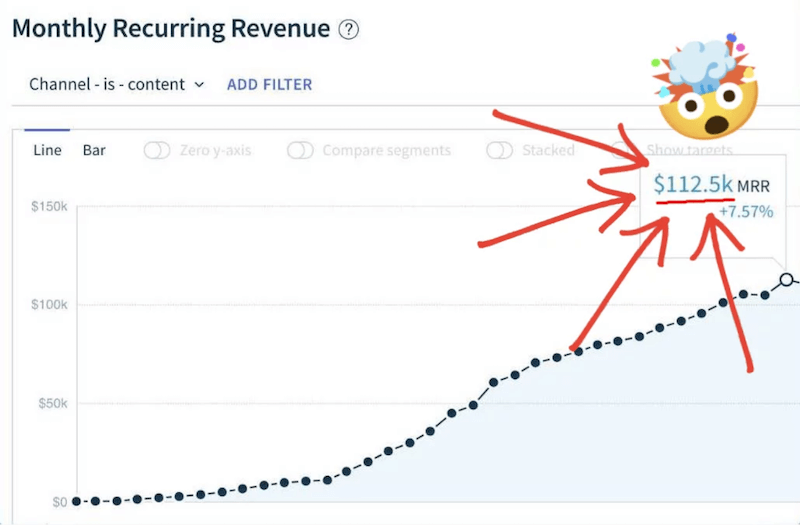What is natural language processing?
Natural Language Processing (NLP) is the part of AI technology that enables computers to understand and generate human language. NLP has many applications for both business and personal uses.
Natural language processing fast facts
The first experiment with natural language processing took place in the 1950’s, but since the launch of ChatGPT, it’s become widely known.
NLP is only one of the many AI technologies that are available.
AI voice assistants use NLP to communicate with users in human-like fashion.
NLP is further split into NLG and NLU. The first is responsible for generating speech and text, while the latter is used to understand input from humans.
NLP is rapidly gaining popularity because it has many uses, but the technology is far from perfect.

NLP is the part of AI that enables computers to understand and generate output that is very similar to human language. Photograph: IuriiMotov via Depositphotos
What is the difference between NLP and AI?
To understand the difference between NLP and AI, you can think of AI as a brain. It can learn new things and respond to them without outside instructions. NLP is like the part of the brain that’s responsible for language.
Like the human brain, AI doesn’t need to understand human language to perform certain tasks. It can, for instance, learn to predict earthquakes without the need of understanding a single word.
To perform a task that involves spoken or written language, you need NLP technology. Translations, speech recognition, writing, AI roleplay chatbots...
What is the difference between NLP and Machine Learning?
NLP and Machine Learning (ML) are two aspects of AI that mainly use different sorts of data sets.
ML looks for patterns in data sets with digits, images, videos, and so on. For example, a video streaming platform that makes suggestions, doesn’t need to understand what is being said in a movie. It analyzes the data of other users and looks for patterns to recommend series or films.
NLP uses data sets of written and spoken language samples. Its purpose is to allow computers and humans to communicate with natural language.
What can NLP be used for?
The list of NLP applications is almost unlimited, but here are typical tasks:
- Machine translations
- Automated subtitling of videos
- Writing text for social media, websites, presentations, film scenarios, emails…
- Summarizing digital texts, such as Word documents and PDFs
- AI text transcriptions of online meetings, webinars, presentations…
- Chatbots for entertainment or personal and professional development
- Voice assistants, like Siri and Alexa
- Voice search
- Correcting spelling and grammatical errors
- Autocomplete suggestions in search, messenger apps, text editors…

AI content writing tools, such as Frase, are trained to write different text formats for online marketing purposes. Photograph: Frase
What are the advantages and disadvantages of NLP?
The biggest advantages of NLP are:
- NLP can generate output faster than humans
- The output can easily be regenerated with simple instructions
- It’s cheaper than outsourcing to human writers, editors, translators, etc.
- Anyone can use it without years of practice to become an expert writer, translator, editor, and so on.
- AI apps that use NLP are available 24/7, unlike humans who need rest
The main disadvantages of NLP are:
- It can make mistakes and yet sound credible and convincing
- The output can be unpredictable with varied quality
- AI can hallucinate and generate fake news or provide wrong information
- NLP cannot adapt itself to perform tasks it has not been designed for
- Copyright infringement is a serious risk with AI apps that don’t have a built-in checker to verify the output is unique
What is the difference between programming language and natural language?
Programming languages, like Java, PHP, and C++ are languages that developers use to give instructions to computers. Compared to natural language, these are simple, unambiguous, and they don’t express any emotions.
Natural language is the language used by humans. It has evolved into very complex systems that form the basis of civilization. Unlike programming languages, words can have multiple meanings, and the intention and emotion behind sentences can vary depending on the context they are used in.
Natural language processing is AI technology written in programming languages to enable computers to understand natural language.
Does ChatGPT use natural language processing?
Yes. ChatGPT uses natural language processing to understand what users ask and to generate answers.
However, NLP is not the only AI technology that is used in ChatGPT. It is also built with deep learning and machine learning. The combination of these technologies makes it a powerful AI app that is constantly learning and improving its outputs.
Since its launch, ChatGPT has had many conversations with users. Those provide its NLP algorithm with a lot of real-life training material to better understand, edit, translate, and produce texts in human-like fashion.
Why is NLP so popular?
NLP is not a new technology. Its history goes back to the 1950s when the first experiments of automated translations took place.
The launch of ChatGPT made the technology widely available and brought it to the attention of the public. The popularity of the app quickly increased the demand of similar applications that use NLP.
Besides generating output in human language, NLP tech can also understand instructions given in plain language. In that respect, it is often combined with other AI tech to create apps that can, for instance, generate images and videos with some simple text-based instructions.
What are NLU and NLG in NLP?
To understand the working process of NLP at a high level, you can think of the example of a chatbot. To have a meaningful conversation, the bot must do two things: understand what a user asks and give a relevant reply.
Natural Language Understanding (NLU) is the process that analyzes the input. It is an important part because the reply depends on whether the bot understood the context of the input.
Natural Language Generation (NLG) takes care of the reply. To do so, it can use different AI models, such as Neural NLG and Deep NLG, to produce human-like texts.

AI chatbots are popular tools that use NLP to communicate with humans about entertainment, relationships, personal development, business, etc. Photograph: Character.AI
Are Alexa and Siri examples of NLP?
Yes. Alexa, Siri and other voice assistants use NLP to understand spoken questions and instructions to which they reply with natural language. Instructions like “play Metallica”, “order pizza”, or “what is the weather forecast” require a lot of processing and training.
Compared to text-based chatbots, AI voice assistants face more challenges. Speech can, for example, have many accents and dialects, which are less pronounced in writing. Spoken instructions can also be disturbed by background noise and the AI needs to filter that out.
Besides NLP, Alexa and Siri use other AI technology to communicate with the internet and connected devices. A lamp, for instance, doesn’t need to understand what “dim” means, but the assistant needs to make sure that the lamp follows the instructions humans give.

AI voice assistants like Siri use NLP to understand human speech and give answers humans can understand. Photograph: Apple
What is the main challenge for NLP?
NLP is rapidly becoming a part of daily life, but it still faces challenges for developers.
AI can still not understand all nuances in language that are natural for humans. Humor, for instance, requires a higher level of intelligence and is therefore not always understood by AI apps.
Another challenge that NLP faces are the data sets that are needed to train the apps. Especially for speech-to-text NLP applications, it is tough to find huge sets of real-life voice recordings that are needed to train AI and improve its NLP skills.

